Grow cucumbers easily, even if you think you have a “brown thumb”! Have you ever dreamed of harvesting crisp, refreshing cucumbers straight from your own backyard? Imagine the satisfaction of biting into a juicy cucumber sandwich, knowing you nurtured it from seed to table. It’s more achievable than you think, and this DIY guide will unlock the secrets to a bountiful cucumber harvest.
Cucumbers have a rich history, dating back thousands of years to their origins in India. They’ve been cultivated and enjoyed by cultures worldwide, from ancient Egyptians to Roman emperors. For centuries, they’ve been prized for their refreshing taste and health benefits. But let’s be honest, sometimes growing them can feel like a battle against pests, diseases, and unpredictable weather!
That’s where these simple, yet effective, home gardening tricks come in. I’m going to share my favorite DIY hacks that will help you grow cucumbers easily, regardless of your gardening experience. Whether you’re dealing with limited space, persistent pests, or just want to maximize your yield, these tips will empower you to cultivate a thriving cucumber patch. Say goodbye to store-bought cucumbers and hello to fresh, homegrown goodness!
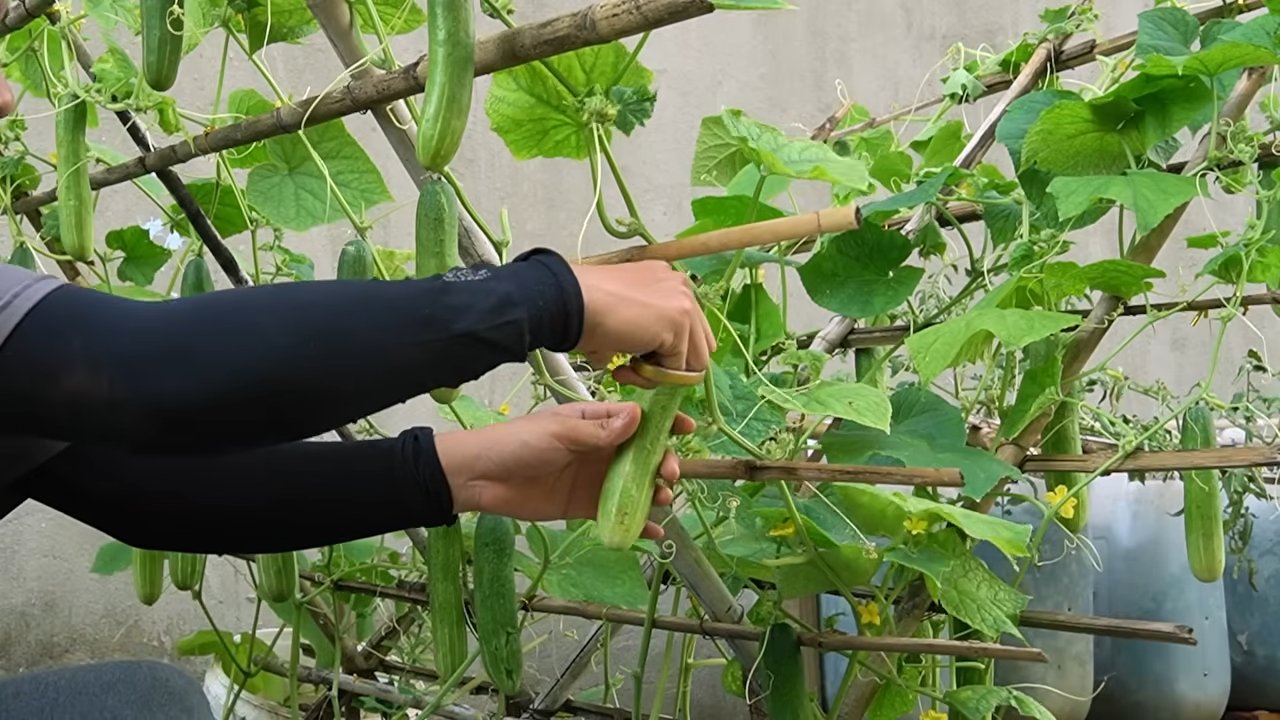
Grow Cucumbers Like a Pro: My Foolproof DIY Guide
Hey there, fellow gardening enthusiasts! I’m so excited to share my tried-and-true method for growing cucumbers. Forget complicated setups and finicky plants – this guide will walk you through a simple, effective DIY approach that will have you harvesting crisp, delicious cucumbers in no time. I promise, even if you’re a beginner, you can do this!
Choosing the Right Cucumber Variety
Before we dive into the nitty-gritty, let’s talk cucumbers. Not all cucumbers are created equal, and choosing the right variety for your space and needs is crucial.
* Slicing Cucumbers: These are your classic cucumbers, perfect for salads and sandwiches. Think ‘Marketmore’ or ‘Straight Eight’. They usually grow longer and have smoother skin.
* Pickling Cucumbers: Smaller and often bumpier, these are ideal for, you guessed it, pickling! ‘National Pickling’ and ‘Boston Pickling’ are popular choices.
* Bush Cucumbers: If you’re short on space, bush varieties like ‘Spacemaster’ or ‘Bush Champion’ are your best bet. They’re compact and perfect for containers.
* Gynoecious Hybrids: These varieties produce mostly female flowers, which means more fruit! They often require a pollinator variety planted nearby. Look for varieties labeled as gynoecious.
* Seedless Varieties: If you hate seeds, go for seedless varieties like ‘English Telegraph’. They are usually long and slender.
My recommendation: For beginners, I suggest starting with a bush variety like ‘Spacemaster’ or a reliable slicing cucumber like ‘Marketmore’. They’re relatively easy to grow and produce a good yield.
Preparing Your Cucumber Growing Area
Cucumbers are sun-loving plants, so finding the right spot is key.
* Sunlight: Cucumbers need at least 6-8 hours of direct sunlight per day. Choose a location that gets plenty of sunshine throughout the day.
* Soil: Cucumbers thrive in well-drained, fertile soil. Amend your soil with compost or well-rotted manure to improve its structure and nutrient content.
* pH Level: The ideal soil pH for cucumbers is between 6.0 and 7.0. You can test your soil pH with a soil testing kit and adjust it accordingly.
* Spacing: Give your cucumber plants enough space to grow. Bush varieties need about 2-3 feet of space, while vining varieties need 3-4 feet between plants.
* Support: Vining cucumbers need support to climb. You can use a trellis, fence, or even a DIY cucumber cage.
Step-by-Step Planting Guide
Now for the fun part – planting! You can either start your cucumber seeds indoors or direct sow them in your garden.
Starting Seeds Indoors (Optional)
Starting seeds indoors gives you a head start on the growing season, especially if you live in a cooler climate.
1. Choose Your Containers: Use small pots or seed trays filled with seed-starting mix.
2. Sow the Seeds: Plant 2-3 seeds per container, about ½ inch deep.
3. Water Gently: Water the soil gently to moisten it, but avoid overwatering.
4. Provide Warmth: Keep the containers in a warm place (around 70-80°F) until the seeds germinate. A heat mat can be helpful.
5. Provide Light: Once the seedlings emerge, move them to a sunny window or under grow lights.
6. Harden Off: Before transplanting the seedlings outdoors, gradually acclimate them to outdoor conditions by exposing them to increasing amounts of sunlight and fresh air over a week or two.
Direct Sowing Seeds Outdoors
If you live in a warmer climate or have a longer growing season, you can direct sow your cucumber seeds directly into your garden.
1. Prepare the Soil: Make sure the soil is well-drained and amended with compost or manure.
2. Create Mounds or Rows: Create small mounds or rows in your garden bed, spacing them according to the variety you’re growing.
3. Sow the Seeds: Plant 2-3 seeds per mound or row, about ½ inch deep.
4. Water Gently: Water the soil gently to moisten it, but avoid overwatering.
5. Thin the Seedlings: Once the seedlings emerge, thin them to one plant per mound or row. Choose the strongest seedling and remove the others.
Building a Simple Cucumber Trellis
Cucumbers are natural climbers, and providing them with a trellis will not only save space but also improve air circulation and make harvesting easier. Here’s how to build a simple DIY cucumber trellis:
1. Gather Your Materials: You’ll need:
* Four wooden stakes (about 6-8 feet long)
* Chicken wire or garden twine
* Staple gun or hammer and nails
* Wire cutters (if using chicken wire)
2. Drive the Stakes: Drive the stakes into the ground at the corners of your cucumber bed, creating a square or rectangle. Make sure the stakes are sturdy and won’t wobble.
3. Attach the Chicken Wire or Twine: If using chicken wire, staple it to the stakes, creating a mesh for the cucumbers to climb. If using garden twine, tie it to the stakes, creating a grid pattern.
4. Secure the Trellis: Make sure the trellis is securely attached to the stakes and won’t fall over. You can use additional stakes or wire to reinforce it.
Alternative Trellis Ideas:
* A-Frame Trellis: Create an A-frame trellis using two pieces of wood and hinges.
* Teepee Trellis: Build a teepee trellis using bamboo poles or branches.
* Repurposed Ladder: Lean an old ladder against a wall or fence for a rustic trellis.
Caring for Your Cucumber Plants
Once your cucumber plants are established, it’s important to provide them with proper care to ensure a bountiful harvest.
* Watering: Cucumbers need consistent moisture, especially during hot weather. Water deeply and regularly, aiming for about 1 inch of water per week. Avoid overhead watering, which can lead to fungal diseases.
* Fertilizing: Feed your cucumber plants with a balanced fertilizer every 2-3 weeks. Look for a fertilizer that’s high in phosphorus and potassium, which promote fruit production.
* Mulching: Apply a layer of mulch around your cucumber plants to help retain moisture, suppress weeds, and regulate soil temperature. Straw, wood chips, or shredded leaves are all good options.
* Pruning: Pruning can help improve air circulation and encourage fruit production. Remove any yellowing or diseased leaves, as well as any suckers (small shoots that grow from the base of the plant).
* Pollination: Cucumbers need to be pollinated to produce fruit. If you’re growing gynoecious hybrids, make sure to plant a pollinator variety nearby. You can also hand-pollinate your cucumbers by transferring pollen from the male flowers to the female flowers using a small brush.
Dealing with Pests and Diseases
Like all plants, cucumbers are susceptible to pests and diseases. Here are some common problems and how to deal with them:
* Cucumber Beetles: These small, yellow and black beetles can damage leaves and spread diseases. Handpick them off the plants or use insecticidal soap.
* Squash Bugs: These pests suck the sap from cucumber leaves, causing them to wilt and die. Handpick them off the plants or use insecticidal soap.
* Aphids: These tiny insects can infest cucumber plants and suck the sap from the leaves. Spray them off with a strong stream of water or use insecticidal soap.
* Powdery Mildew: This fungal disease causes a white, powdery coating on the leaves. Improve air circulation, avoid overhead watering, and use a fungicide if necessary.
* Downy Mildew: This fungal disease causes yellow spots on the leaves. Improve air circulation, avoid overhead watering, and use a fungicide if necessary.
Preventative Measures:
* Crop Rotation: Rotate your crops each year to prevent pests and diseases from building up in the soil.
* Companion Planting: Plant companion plants like marigolds, nasturtiums, and basil to repel pests.
* Good Sanitation: Remove any diseased or dead plant material from your garden to prevent the spread of diseases.
Harvesting Your Cucumbers
The moment you’ve been waiting for – harvesting your cucumbers!
* Timing: Harvest your cucumbers when they’re the right size and color for the variety you’re growing. Slicing cucumbers are usually ready to harvest when they’re about 6-8 inches long, while pickling cucumbers are ready when they
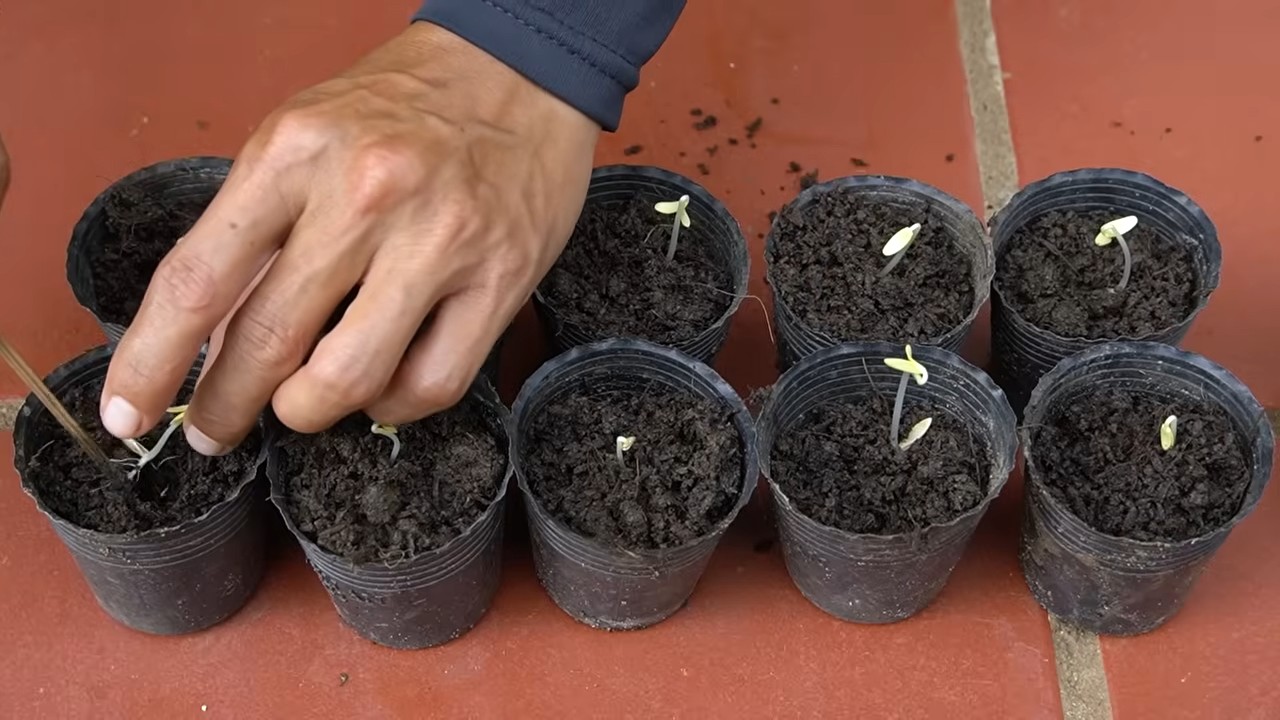
Conclusion
So, there you have it! Growing cucumbers doesn’t have to be a daunting task reserved for seasoned gardeners. This simple DIY trick, focusing on vertical growth and strategic watering, unlocks a world of fresh, crisp cucumbers right in your own backyard, balcony, or even a sunny windowsill. We’ve shown you how to maximize space, improve air circulation, and minimize the risk of common cucumber diseases, all leading to a more bountiful and healthier harvest.
Why is this a must-try? Because it’s efficient, effective, and incredibly rewarding. Imagine the satisfaction of biting into a cucumber you nurtured from seed to maturity, knowing you bypassed the grocery store and embraced a more sustainable and flavorful option. Plus, this method is adaptable to various environments and skill levels. Whether you’re a complete beginner or a seasoned green thumb, you can easily incorporate this technique into your gardening routine.
Don’t be afraid to experiment! Consider different cucumber varieties to find your favorites. Bush cucumbers are particularly well-suited for container gardening and vertical supports. You can also explore companion planting. Marigolds, for example, are known to deter pests, while dill attracts beneficial insects. Think about adding a trellis netting with larger holes for easier harvesting of larger cucumber varieties.
Beyond the basic method, there are countless ways to personalize your cucumber-growing experience. Try adding a slow-release fertilizer to the soil at planting time to provide a steady stream of nutrients. Regularly check your plants for pests and diseases, and address any issues promptly. And most importantly, don’t be discouraged if you encounter challenges along the way. Gardening is a learning process, and every mistake is an opportunity to grow (pun intended!).
We wholeheartedly encourage you to give this DIY trick a try. It’s a game-changer for anyone looking to enjoy fresh, homegrown cucumbers. Once you’ve experienced the joy of harvesting your own cucumbers, you’ll never look at store-bought ones the same way again.
But don’t just take our word for it! We want to hear about your experiences. Share your photos, tips, and challenges in the comments below. Let’s create a community of cucumber enthusiasts and learn from each other. What varieties did you try? What challenges did you overcome? What are your favorite ways to enjoy your homegrown cucumbers? Your insights could inspire others to embark on their own cucumber-growing journey. Let’s get growing!
Frequently Asked Questions (FAQ)
What type of cucumbers are best suited for this DIY growing method?
This method works well for a variety of cucumber types, but some are better suited than others. Vining cucumbers, such as slicing cucumbers (like ‘Marketmore’ or ‘Straight Eight’) and pickling cucumbers (like ‘National Pickling’ or ‘Boston Pickling’), thrive when grown vertically. The vertical support allows them to climb and spread, maximizing space and air circulation. Bush cucumbers, like ‘Spacemaster’ or ‘Bush Champion,’ are also suitable, especially for container gardening. While they don’t vine as aggressively, providing a small trellis or support structure will still improve air circulation and fruit quality. Consider the size of your growing space and your personal preferences when choosing a variety. If you have limited space, bush cucumbers are an excellent option. If you want long, slicing cucumbers, vining varieties are the way to go.
How often should I water my cucumbers using this method?
Watering frequency depends on several factors, including the weather, the type of soil, and the size of your container (if applicable). Generally, cucumbers need consistent moisture, especially during hot weather and when they are actively fruiting. A good rule of thumb is to water deeply whenever the top inch of soil feels dry to the touch. Avoid overhead watering, as this can lead to fungal diseases. Instead, water at the base of the plant, focusing on the root zone. Using a soaker hose or drip irrigation system is an excellent way to provide consistent moisture without wetting the foliage. In hot, dry weather, you may need to water daily. In cooler, wetter weather, you may only need to water every few days. Monitor your plants closely and adjust your watering schedule accordingly.
What kind of fertilizer should I use for my cucumbers?
Cucumbers are heavy feeders and benefit from regular fertilization. A balanced fertilizer with a ratio of 10-10-10 (nitrogen, phosphorus, and potassium) is a good starting point. You can also use a fertilizer specifically formulated for vegetables. Apply fertilizer according to the package instructions, typically every 2-3 weeks. In addition to chemical fertilizers, you can also use organic options, such as compost tea, fish emulsion, or well-rotted manure. These organic fertilizers provide nutrients slowly and steadily, improving soil health and promoting healthy plant growth. Avoid over-fertilizing, as this can lead to excessive foliage growth and reduced fruit production.
How do I prevent common cucumber diseases like powdery mildew?
Powdery mildew is a common fungal disease that affects cucumbers, especially in humid conditions. To prevent powdery mildew, ensure good air circulation around your plants by spacing them properly and pruning away any crowded foliage. Water at the base of the plant to avoid wetting the leaves. You can also apply a fungicide specifically formulated for powdery mildew as a preventative measure. Other common cucumber diseases include downy mildew, anthracnose, and bacterial wilt. To prevent these diseases, choose disease-resistant cucumber varieties, practice crop rotation, and remove any infected plants promptly. Good sanitation is also crucial. Clean up any plant debris around your plants to prevent the spread of disease.
When should I harvest my cucumbers?
The harvesting time depends on the cucumber variety and your personal preferences. Generally, cucumbers are ready to harvest when they are firm, green, and have reached the desired size for their variety. Slicing cucumbers are typically harvested when they are 6-8 inches long, while pickling cucumbers are harvested when they are 2-4 inches long. Overripe cucumbers will become yellow, seedy, and bitter. Harvest your cucumbers regularly to encourage continued fruit production. Use a sharp knife or pruning shears to cut the cucumbers from the vine, leaving a small stem attached. Handle the cucumbers gently to avoid bruising.
Can I grow cucumbers in containers using this method?
Yes, absolutely! Growing cucumbers in containers is a great option for those with limited space. Choose a large container, at least 12 inches in diameter, to provide enough room for the roots to grow. Use a well-draining potting mix and provide a trellis or other support structure for the vines to climb. Bush cucumber varieties are particularly well-suited for container gardening. Make sure to water your container-grown cucumbers regularly, as they tend to dry out more quickly than those grown in the ground. Fertilize regularly to provide the necessary nutrients. Place your container in a sunny location that receives at least 6-8 hours of sunlight per day.
What are some good companion plants for cucumbers?
Companion planting can help improve cucumber growth and deter pests. Some good companion plants for cucumbers include:
* **Marigolds:** Repel nematodes and other pests.
* **Nasturtiums:** Attract aphids away from cucumbers.
* **Dill:** Attracts beneficial insects like ladybugs and lacewings, which prey on aphids.
* **Radishes:** Deter cucumber beetles.
* **Beans:** Fix nitrogen in the soil, benefiting cucumber growth.
* **Corn:** Provides shade and support for cucumber vines.
Avoid planting cucumbers near aromatic herbs like sage, as they can inhibit cucumber growth.
What if my cucumber plants are producing flowers but no fruit?
This can be due to several factors, including lack of pollination, stress, or nutrient deficiencies. Cucumbers are either monoecious (having separate male and female flowers on the same plant) or gynoecious (producing mostly female flowers). Female flowers need to be pollinated to produce fruit. If you’re growing cucumbers indoors or in an area with limited bee activity, you may need to hand-pollinate the flowers. Use a small paintbrush to transfer pollen from the male flowers to the female flowers. Ensure your plants are receiving adequate sunlight, water, and nutrients. Stressful conditions, such as extreme heat or drought, can also prevent fruit set.

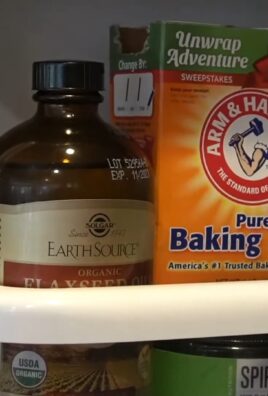
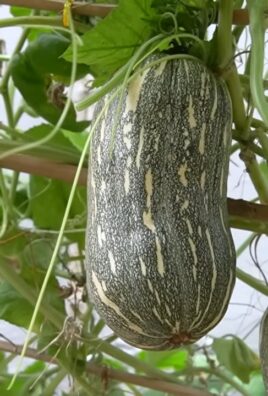
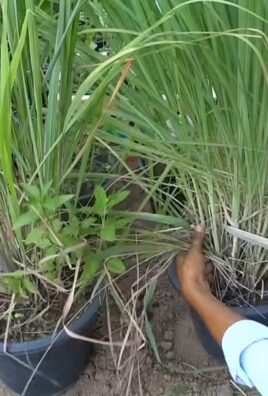
Leave a Comment